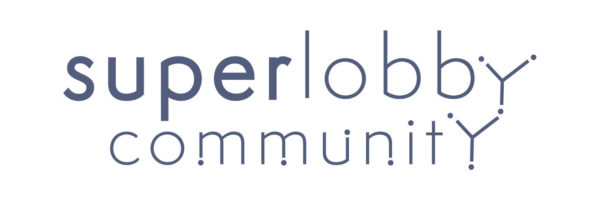
One of the things that rarely (if ever) gets talked about is the rules of engagement and the structures needed to have a successful advocacy campaign. The biggest reason for this is that everybody expects that professionals will work things out and lobbying is not that different from all the other activities in the organisation. WRONG. In the absence of clear rules of engagement and agreement on who does what “the lobby machine” will either go in the wrong direction or that it is not self-propelled.
Not everybody gets to Lobby
You will first need to define who is doing the lobbying. We will need to differentiate between the Principal Public Affairs Lead and the lobbyist. The principal Public Affairs is the interlocutor with MEP’s, ministers and high-level civil servants. Normally he/she is the face of the organisation. He is the person with the biggest political clout. So this could be the CEO, the Mayor or anyone that can be called Head Honcho. You need to be explicit about who this is and make sure this person is recognized as the principal Public Affairs Lead. Try to avoid having more Principal Leads. Then, one person needs to be the Chief Lobbyist. He/She will be tasked with having the full oversight of the actions and he/she makes sure the overall process is running smoothly. This includes informing the rest of the organisation on the state of play and launching and executing new actions. Finally, you will need to have an expert on board. He/she is the policy expert that knows everything about the nuts and bolts of your case. This could be anyone from a factory worker to a policy expert. Important is that this person actually knows something. In short, the Principal Lead gives the political mandate and is the face of the lobby, the Chief Lobbyist handles the lobby-process will the expert gives meaning and substance to the lobby. These three persons form the core group of what I call the holy trinity. Of course, you will need more people and roles. For example, a media spokesperson. In a perfect world, the Chief Lobbyist is also the media-spokesperson on the Public Affairs files. However, in my 20 years of lobbying, I have only seen one organisation merge the role of lobbyist and the spokesperson into one person. Finally, it is always good to have a junior lobbyist or an intern to help out with capacity issues. (read: do all the work).
Having a plan is always better than not having a plan
Lobbying always starts with a Public Affairs file where you define your portfolio of issues and where you also define the stake per issues. Without a Public Affairs Plan, there is really no point embarking on this journey. The Public Affairs Plan will entail at least the following points:
- Key Asks and files (What do we want to lobby for)
- Political and policy-arena Analysis (what laws and policies are already in place)
- Analysis of key decision-makers and stakeholders
- Actions for at least the coming half-year
- Articulation of roles, responsibilities and structures
The Public Affairs Plan should be evaluated and updated yearly.
[Like this blog? Sign up for my newsletter to receive similar content every week!]
Rules of Engagement
In order to make our Lobby Machine not only up and running but also self-proppeled, we need to have rules of engagement. Some of these rules seem very basic, but trust me if you don’t have them in place all things go to hell. Adults are like children and without defined and articulated rules people fall back inhabits and before you know it you are battling each other instead of focusing on the institutions.
The mother of all rules is that no meeting or action can take place if it hasn’t been discussed prior to a PA meeting. In this way, everybody in the PA Core Group is informed and everybody has oversight. Secondly, no meeting by the Principal Lead can take place without preparation. This can be a briefing document with the storyline, what we want to get out of the meeting and background information on the interlocutor. I also like to put in there the latest tweets or parliamentary questions. Of course, this rule doesn’t apply when having informal coffees but other than that always prepare. What really helps is if Public Affairs is a fixed agenda-point during the weekly meetings. Preferably at the start of the week. On the agenda at least two agenda points will reoccur; Running actions and read-outs of actions and meetings. After each meeting with stakeholders or after each lobby action, a readout will be given to the Public Affairs core group and the wider organisation if needed. (need to know and nice to know). It is very frustrating when planning actions or meetings with highly placed decision-makers and your CEO doesn’t give you a readout of the meeting. Moreover, it’s sloppy because you hope actually that the meeting has follow-up notes and action will be required. Also, spend some time on strategic foresight. You can do this by devoting the meeting before the start of a new month to strategic foresight where you and your team look ahead at least 3 months ahead to plan actions for the coming month. Finally, you want to inform the wider organization. Public Affairs is not a thing of just the core group. You will erode trust for the very concept of lobbying if you narrow it down to a few people. In the next reorganization or budget cuts, they will cut spending on Public Affairs.A newsletter or blog will be made monthly about the state of the Lobby and what’s coming the next month for the wider organisation. While the organisation doesn’t need to be involved on a detailed level, they do need to know where we are heading and what actions are taken. It’s also a way of celebrating successes. Throughout the years I have given regular Public Affairs Updates. People find them fun and love the fact that they are actively involved. Finally, give an annual training on Public Affairs and organize fun trips to the Parliament or Brussels for the organization. People love trips.

